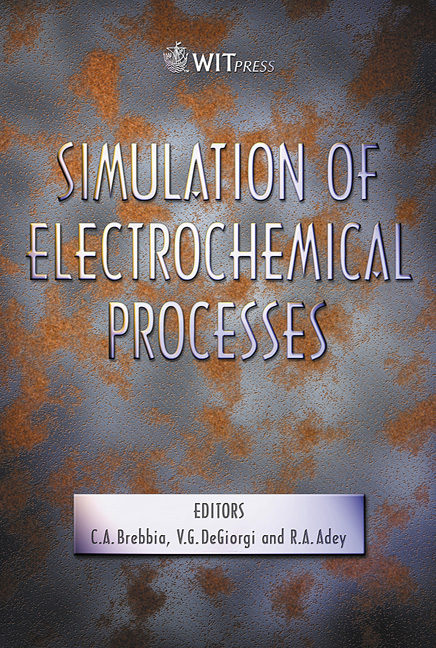The Roles Of Microstructure And Mechanics In Intergranular Stress Corrosion Cracking
Price
Free (open access)
Transaction
Volume
48
Pages
10
Published
2005
Size
434 kb
Paper DOI
10.2495/ECOR050211
Copyright
WIT Press
Author(s)
A. P. Jivkov, N. P. C. Stevens & T. J. Marrow
Abstract
Previous work on the prediction of intergranular stress corrosion cracking resistance in grain boundary engineered microstructures has used two dimensional percolation models, in which the grain boundaries are assumed to be either resistant or susceptible to cracking, depending on the grain boundary character. One limitation of such models is that they do not necessarily account for the mechanical crack driving force. Further, they cannot capture experimentally observed phenomena such as the formation of isolated ductile bridging ligaments by resistant boundaries. These arise due to the three-dimensional character of crack propagation. A new mechanical crack propagation model is presented which, via finite element solutions, addresses these limitations. The model is based on a regular discrete representation of the material’s microstructure and is applicable to both 2D and 3D behaviour. Results are reported for 2D-hexagonal microstructures, and are compared with percolation models. The results demonstrate the influence of stress on the crack path, as well as the influence of the rupture strain of susceptible boundaries on the crack behaviour. Further, the effect of crack bridging, which arises from ductile resistant boundaries is studied. Keywords: intergranular stress corrosion; microstructure; mechanics; crack bridging; finite elements; Monte Carlo simulations. 1 Introduction It has been increasingly realised during the last two decades, that the grain size is not the only meso-scale factor influencing the strength of polycrystalline materials. Two other factors have been brought to wider attention. The first is the grain boundary character distribution (GBCD) which describes the fractions of
Keywords
intergranular stress corrosion; microstructure; mechanics; crack bridging; finite elements; Monte Carlo simulations.





